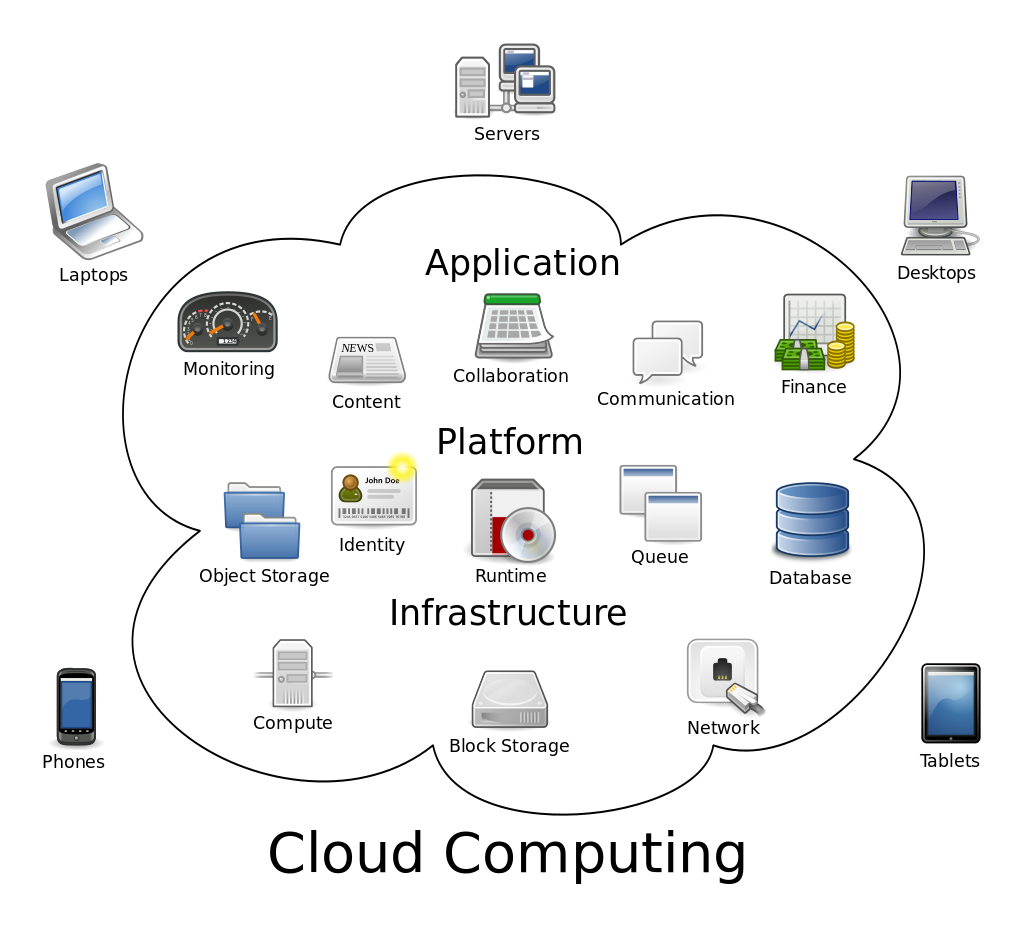
A world without the internet is unimaginable today. The use of the internet started to expand in the beginning of the 1990s and has been continuously increasing in the last two decades. A complete overview concerning the number of users and internet technologies over the years can be found under evolutionoftheweb.com, created by members of the Google Chrome team.
Remote Configuration
The technological trend of the last years is the so-called "Internet of Things". It is also called Web 4.0 and described as the next revolutionary step of industrialisation. Since 2008 the amount of devices connected to the internet has been exceeding the amount of people online. The autonomous communication of devices with each other is also called M2M (machine to machine) communication. It is believed to have the greatest potential for a rationalisation of the means of production in the future. It is said to open whole new possibilities. For example, it is possible to not only configure the displays of a lift from afar using a smartphone, but also for the displays to recognize whether there are persons in the cabin and to share this information with a fire alarm central via the internet.
Security

Viruses, spamming, worms, trojans, adware... there is a never-ending list of threats for our Internet-connected devices nowadays. The damage caused by them goes from just annoying the user to completely crashing the system or stealing personal information, but what they have in common is that all of them are undesired. Thus, information security has become a more and more important issue over the years has to remain in the focus for technical appliances, for example in a lift, as well.
The first documented virus appeared in 1988. Called the Morris Worm, it threatened several institutions in the USA, from Stanford to NASA. This was the starting point of IT security as we know it today, the users started to set up mailing lists to track security threats, the first firewalls appeared and the Computer Emergency Response Team (CERT) was created. From then on, computer viruses have evolved in form and way of infecting the computers and nowadays our devices could be infected only by opening an e-mail or accessing a compromised site.
As the undesired software evolved, so did the computer security. Nowadays, there are powerful systems to protect our laptops, displays and smartphones and every IT supplier includes them in the developing process of their products. However, when acquiring a new product we should make sure that it includes a complete and updated security software.
A new level of threat results from the connection of things with the internet. They can be attacked and manipulated as well and here the potential danger can be higher than with a normal office computer. The ever increasing connection even of everyday objects, and critical appliances like cardiac pacemakers, makes security on the internet the main topic for the next years. As early as 2013 a refridgerator made news because it sent spam mails. What sounds like a joke at first shows us the great weak spot of a global internet of things which is vulnerable to hackers and criminals.
Access
Besides the security in the internet of things, the rights management plays an important role as well. The access to the devices in the internet of things has to be limited to specific persons, groups or devices. Therefore, highly complex rights management systems have to be used.
In a lift display, for example, there are technicians who setup and maintain the system. Other users are responsible for the design of the layout, and even others for the selection of the content that is to be displayed. Here, it should not be allowed for a layouter to change settings regarding the connection with the lift or the internet.
Cloud
Our data is increasingly saved in the cloud. That means it is saved online by a service provider instead of locally on the user's PC or smartphone. Because servers of cloud providers are usually sitting outside of Europe and do not confirm to European laws, we often find privacy protection questionable.
Portal

In the general use of the word a "portal" is a web application which was used as an entry point to the world wide web by internet providers, web directories, browsers and search engines in the late 1990s (for example Yahoo, AOL, Lycos).
Today, a portal is an application that provides central access to personalized content, as well as to processes if demanded. The ideal portal opens shared, personalized access to data, experise and applications, mostly regarding a specific topic or as an individual compilation of information of different sources for a group or a person.
An example for such a topic-oriented web portal is the wiki CANopen-Lift.org(link is external), which portrays information about CANopen in lifts centrally.
Status Information
Thanks to the connection via the internet, it is possible to get status information about the state of the system from any point at any time. For example, it is possible to set up an automatic SMS or E-Mail that will be sent in cases of a defect. If a lift is jammed and between floors this will not only be displayed on the floor displays, but an immediate notice to the maintenance/repair service is sent, wherever its location. The same applies to any other kind of disruption or unusual events.

